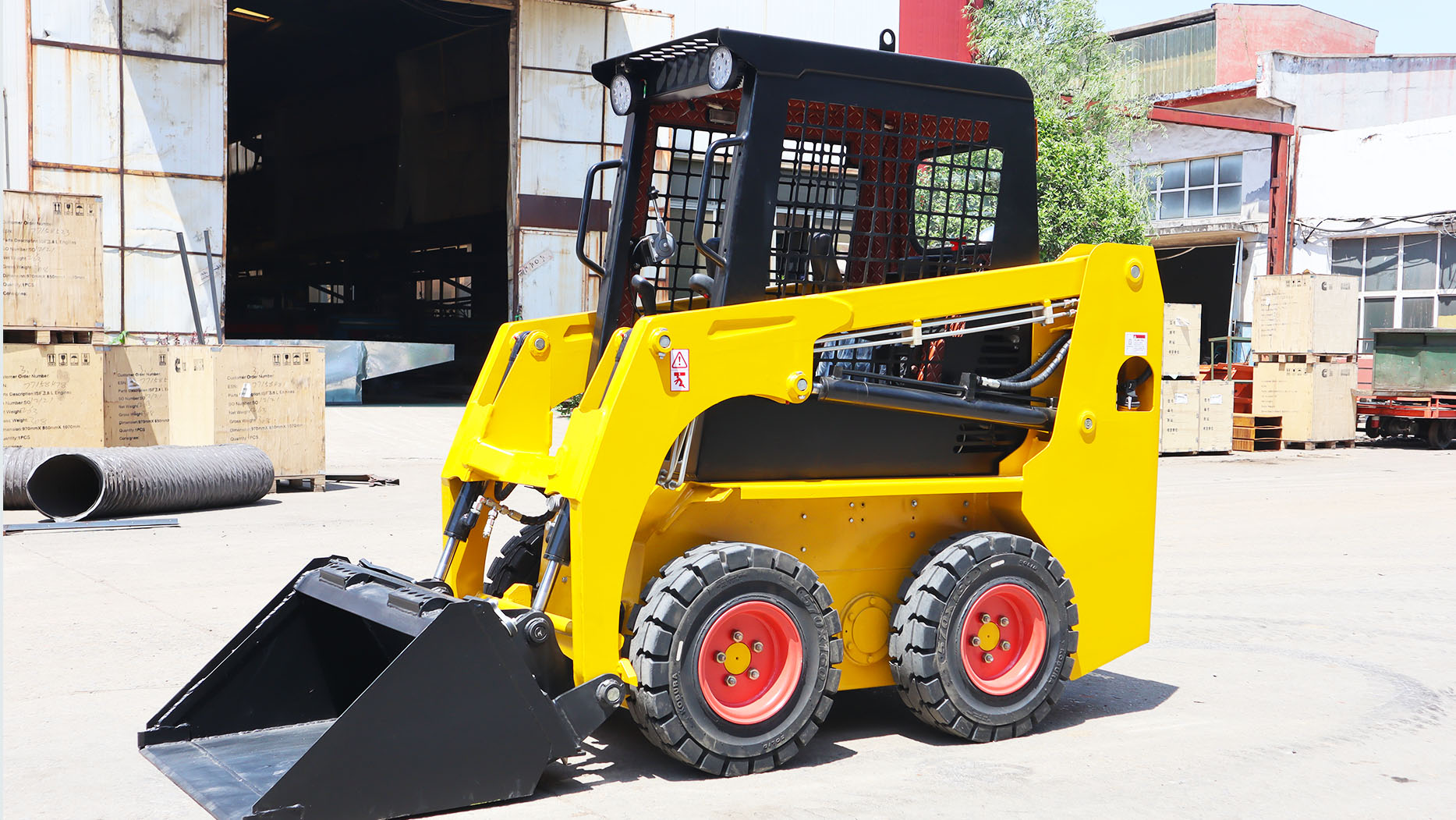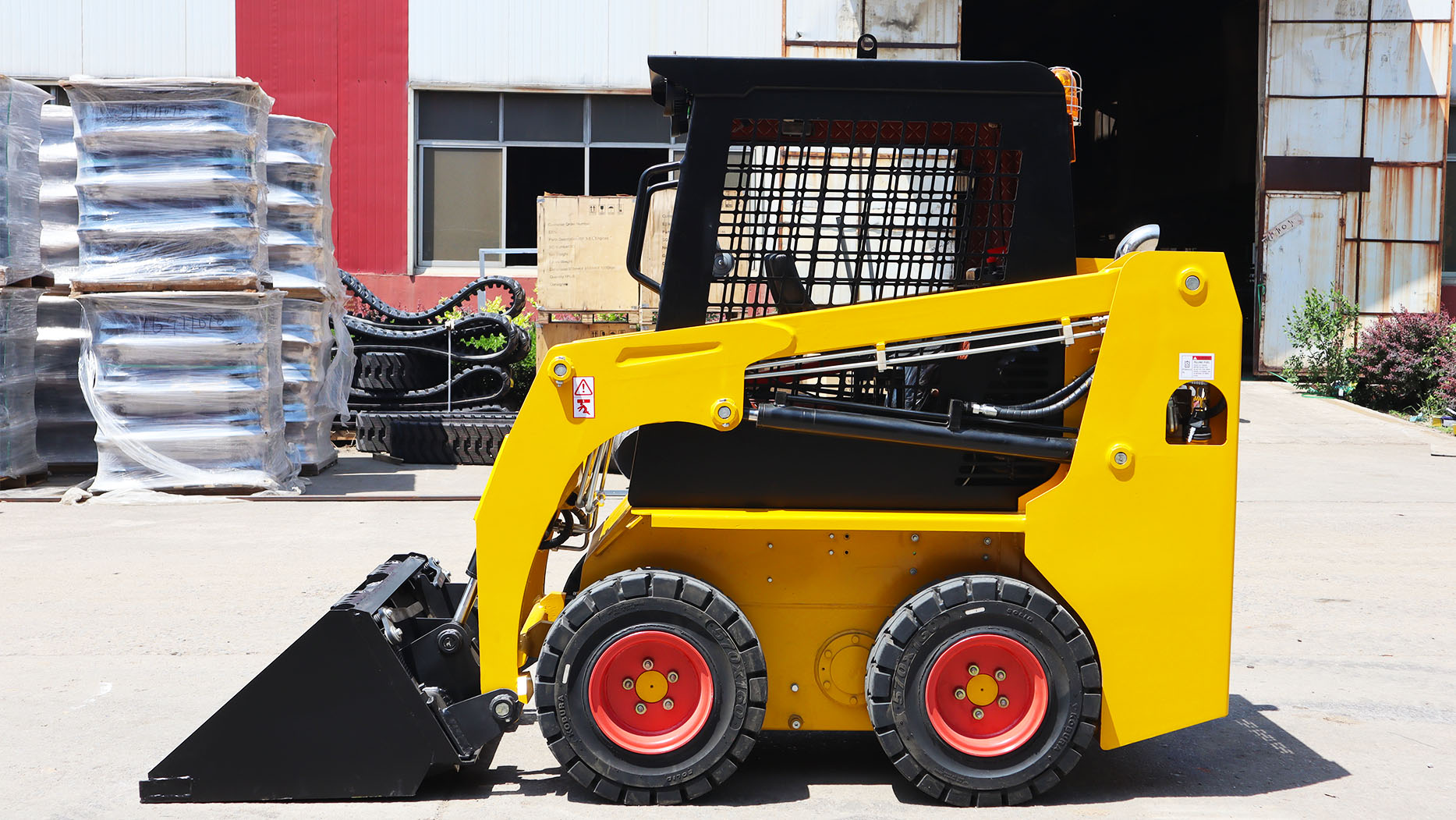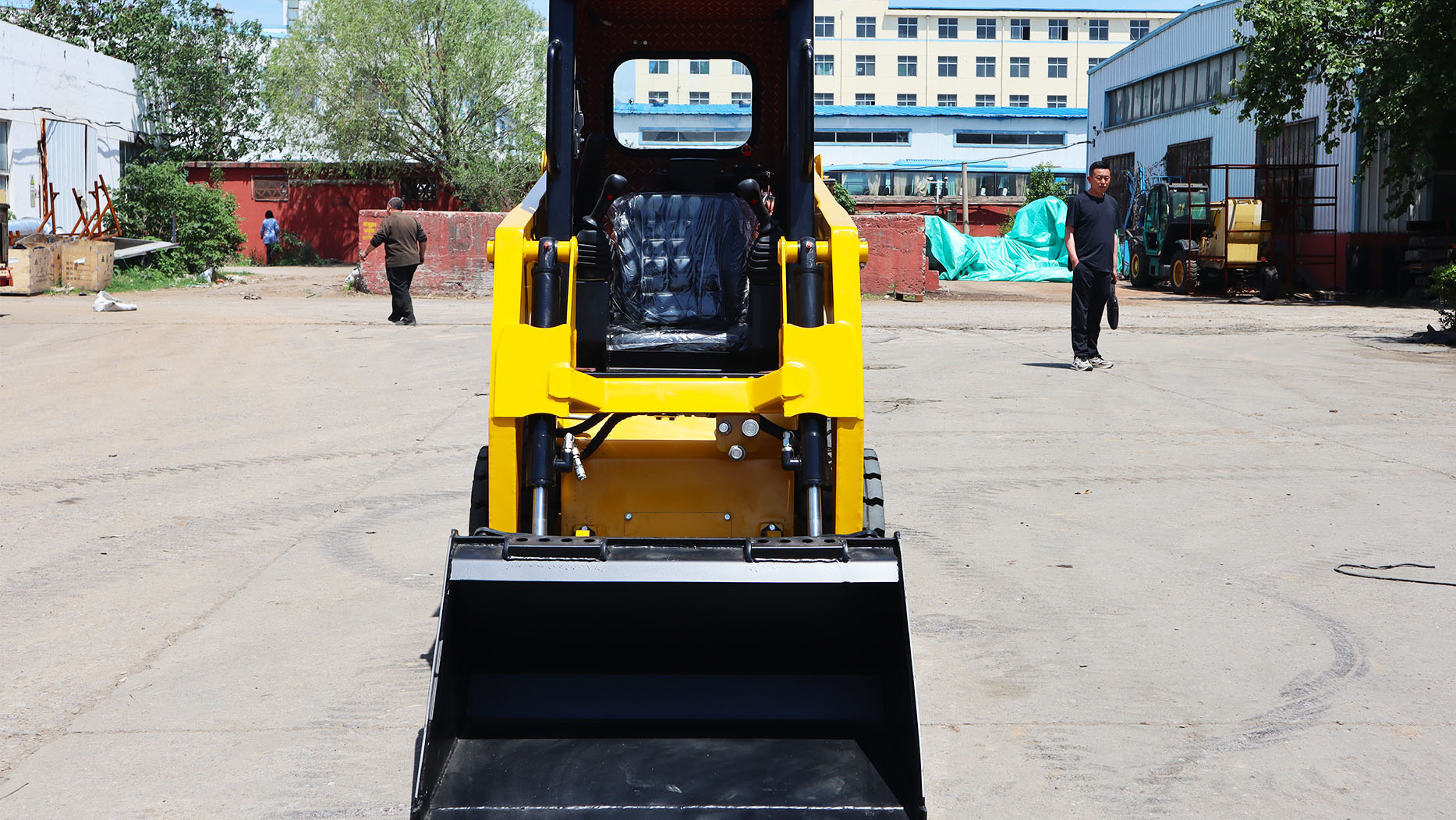The skid steer loader, a compact and agile machine, has become an indispensable tool across numerous industries. Its ability to maneuver in tight spaces, coupled with its wide range of available attachments, makes it a highly adaptable workhorse capable of tackling diverse tasks. This article delves into the various applications of skid steer loaders, exploring their technical capabilities and the industries that rely on their versatility.
Understanding the Skid Steer Loader:
The skid steer loader, characterized by its rigid frame and wheels that lock on each side, achieves steering by "skidding" or dragging its wheels. This unique steering mechanism allows for zero-radius turning, making it ideal for confined spaces. The machine's versatility stems from its universal quick-attach system, enabling rapid interchange of numerous attachments.
Key Technical Features:
Compact Size: The skid steer's small footprint allows it to operate in areas inaccessible to larger machinery.
Zero-Radius Turning: Its skid steering system provides exceptional maneuverability in tight spaces.
Hydraulic System: A robust hydraulic system powers the attachments, providing the necessary force for various tasks.
Quick-Attach System: The universal quick-attach system facilitates rapid attachment changes, maximizing versatility.
Variety of Attachments: A vast array of attachments extends the skid steer's functionality, including buckets, forks, augers, and more.
Powerful Engine: Typically powered by diesel engines, skid steers deliver substantial torque for demanding applications.
Durable Construction: Built with heavy-duty materials, skid steers are designed to withstand harsh operating conditions.
Diverse Applications Across Industries:
The skid steer's adaptability has led to its widespread adoption across a multitude of industries:
Construction:
Site Preparation: Skid steers are used for grading, leveling, and clearing construction sites.
Material Handling: They efficiently move materials like gravel, sand, and concrete.
Demolition: Equipped with hammers or breakers, they assist in demolition tasks.
Trenching and Excavation: Augers and trenchers enable precise digging for utility installations.
Concrete Work: Buckets and concrete placement attachments facilitate concrete pouring and finishing.
Roadwork: Skid steers assist in asphalt paving, patching, and road maintenance.
Landscaping and Grounds Maintenance:
Grading and Leveling: They create smooth surfaces for lawns, gardens, and pathways.
Tree and Stump Removal: Grapples and augers aid in removing trees and stumps.
Brush Clearing: Brush cutters and mulchers clear overgrown vegetation.
Material Transport: They move mulch, topsoil, and other landscaping materials.
Snow Removal: Snow blades and blowers clear snow from sidewalks and parking lots.
Fence Installation: Augers and post drivers simplify fence post installation.
Agriculture:
Livestock Management: They clean barns, move feed, and handle manure.
Material Handling: They transport hay bales, feed, and other agricultural products.
Tillage and Planting: Rotary tillers and seeders prepare soil and plant crops.
Fence Maintenance: Post drivers and wire winders simplify fence repairs.
General Farm Maintenance: They assist in various farm tasks, from clearing debris to maintaining roads.
Demolition and Waste Management:
Selective Demolition: Skid steers can precisely demolish specific structures.
Debris Removal: Buckets and grapples efficiently remove demolition debris.
Waste Sorting and Handling: They assist in sorting and moving waste materials.
Recycling Operations: They handle materials in recycling centers.
Warehousing and Industrial Applications:
Material Handling: They move pallets, boxes, and other materials within warehouses.
Loading and Unloading: They assist in loading and unloading trucks and containers.
Cleaning and Maintenance: They clear debris and maintain cleanliness in industrial facilities.
Utility Work:
Trenching and Excavation: They dig trenches for utility installations.
Pole Installation: Augers and pole setters simplify pole installation.
Cable and Pipe Laying: They assist in laying cables and pipes.
General Maintenance: They clear debris and maintain utility infrastructure.
Mining and Quarrying:
Material Handling: They move ore, rock, and other materials.
Site Maintenance: They clear debris and maintain access roads.
Equipment Maintenance: They assist in maintaining mining equipment.
Municipal and Public Works:
Road Maintenance: They assist in patching potholes, clearing debris, and maintaining roads.
Snow Removal: They clear snow from sidewalks, parking lots, and public spaces.
Park Maintenance: They maintain parks and green spaces.
Utility Maintenance: They assist in maintaining utility infrastructure.
Attachment Versatility:
The skid steer's adaptability is primarily attributed to its extensive range of attachments:
Buckets: Available in various sizes and types for material handling.
Forks: Used for lifting and moving palletized materials.
Augers: Used for drilling holes for posts, foundations, and utility installations.
Trenchers: Used for digging trenches for utility installations.
Hammers/Breakers: Used for demolition and breaking concrete.
Grapples: Used for handling logs, brush, and other bulky materials.
Blades: Used for grading, leveling, and snow removal.
Mulchers/Brush Cutters: Used for clearing brush and overgrown vegetation.
Tillers: Used for preparing soil for planting.
Snow Blowers: Used for clearing snow.
Concrete Placement Attachments: Used for pouring and finishing concrete.
Operational Considerations:
Operator Training: Proper training is essential for safe and efficient operation.
Attachment Selection: Choosing the right attachment for the task is crucial.
Maintenance: Regular maintenance is essential for optimal performance and longevity.
Safety Precautions: Adhering to safety guidelines is paramount to prevent accidents.
Technological Advancements:
Modern skid steers incorporate advanced technologies to enhance performance and efficiency:
Telematics: Provides real-time data on machine performance and location.
GPS and Automation: Enhances precision and efficiency in grading and other tasks.
Advanced Hydraulic Systems: Improve performance and control.
Ergonomic Controls: Enhance operator comfort and reduce fatigue.
Conclusion:
The skid steer loader's versatility, compact size, and wide range of attachments have made it an indispensable machine across numerous industries. From construction and landscaping to agriculture and waste management, the skid steer's adaptability allows it to tackle diverse tasks with efficiency and precision. As technology continues to advance, skid steer loaders will likely become even more sophisticated, further expanding their capabilities and applications.
Post time:Feb.26.2025



